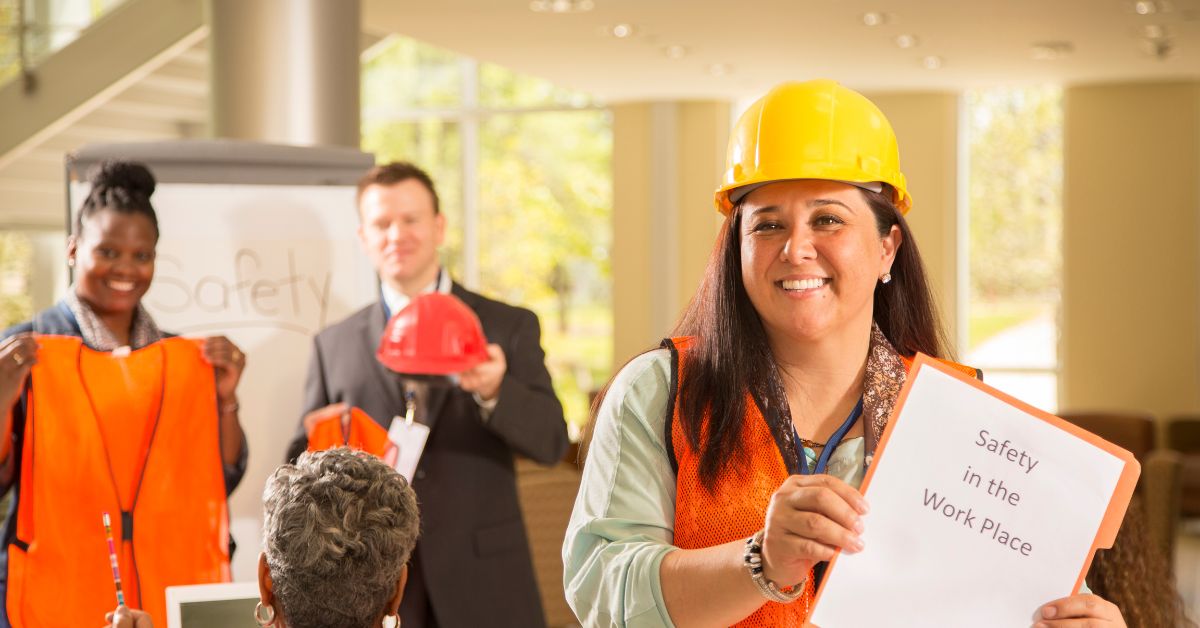What is the Importance of Implementing WHS Policies and Procedures in Your Organisation?
It’s vital to know why your organisation must include these essential Policies and Procedures to ensure workplace safety and security. They include:
Guidance on Recognising and Resolving Safety Concerns:
Creating a descriptive WHS Policy provides clear instructions for employees to identify and mitigate potential safety risks in the workplace in a timely manner. If a specific hazard rises, referring to the WHS Policy can serve as a tool for addressing and resolving it.
Creating a Workplace Safety Culture:
The implementation of dedicated WHS Policies and Procedures plays a crucial role in fostering a culture of safety and accountability for any organisation. To enhance the effectiveness of workplace safety, motivating employees to adhere to the safety protocols and rewarding their responsible behaviour is an effective yet simple strategy that helps create a positive and safe working culture.
Enhancing Clarity on Expectations and Responsibilities:
Policies and Procedures establish a consistent set of behavioural norms and expectations related to the health and safety for all members of the organisation. They also serve as a tool for ensuring accountability among individuals for their actions.
Streamlining Accident and Incident Reporting:
In the rare instance of workplace accidents and incidents, the implementation of WHS Policies and Procedures help provide an efficient and clear guideline on what to do next. This ensures that employees have full accessibility to the correct channels and protocols when dealing with injuries or health related concerns in a timely manner.
Enforcing Compliance with WHS Policies:
A well-structured WHS policy serves as a safeguard to ensure organisational compliance with safety regulations. Furthermore, it provides the necessary framework for taking corrective and disciplinary measures against individuals who fail to adhere to these procedures.
Enhancing Performance and Employee Productivity:
A major benefit of prioritising WHS Policies and Procedures within an organisation is the efficiency that increases and the work disruptions that decrease from accidents and illnesses. Employees also gain a sense of security and confidence in their work environment, translating into improved productivity as they can concentrate on their tasks without concerns about workplace hazards.
Why Your Organisation Needs WHS Policies and Procedures. Having a robust set of WHS Policies and Procedures not only showcases the organisation’s genuine commitment to health and safety but serves as concrete proof of its dedication to following the Australian Government obligations outlined in the WHS Act (2011).
Beyond this, it lies as a guide that saves time. Offering ready-made templates and materials for addressing WHS concerns. The policies also act as a valuable guide and benchmark for employees, explicitly defining acceptable behaviours while fostering a sense of wellness and belonging within the workplace.





